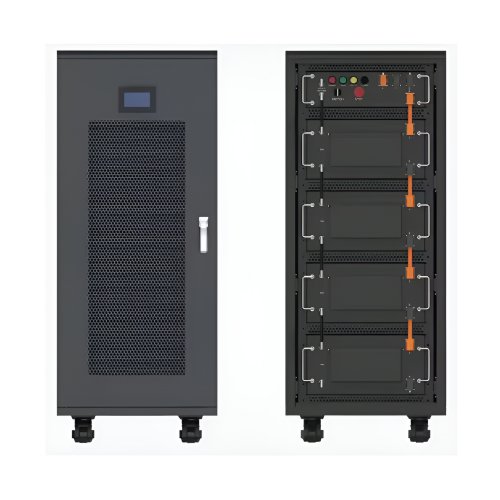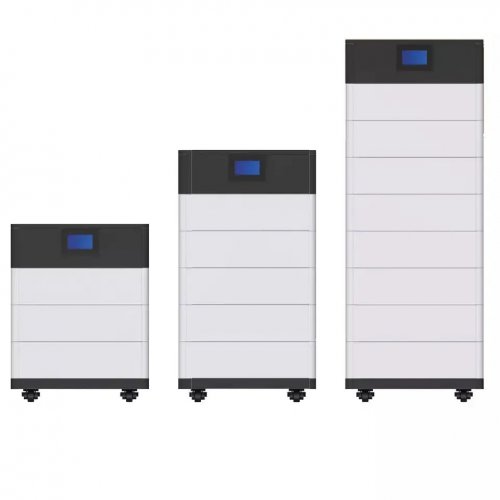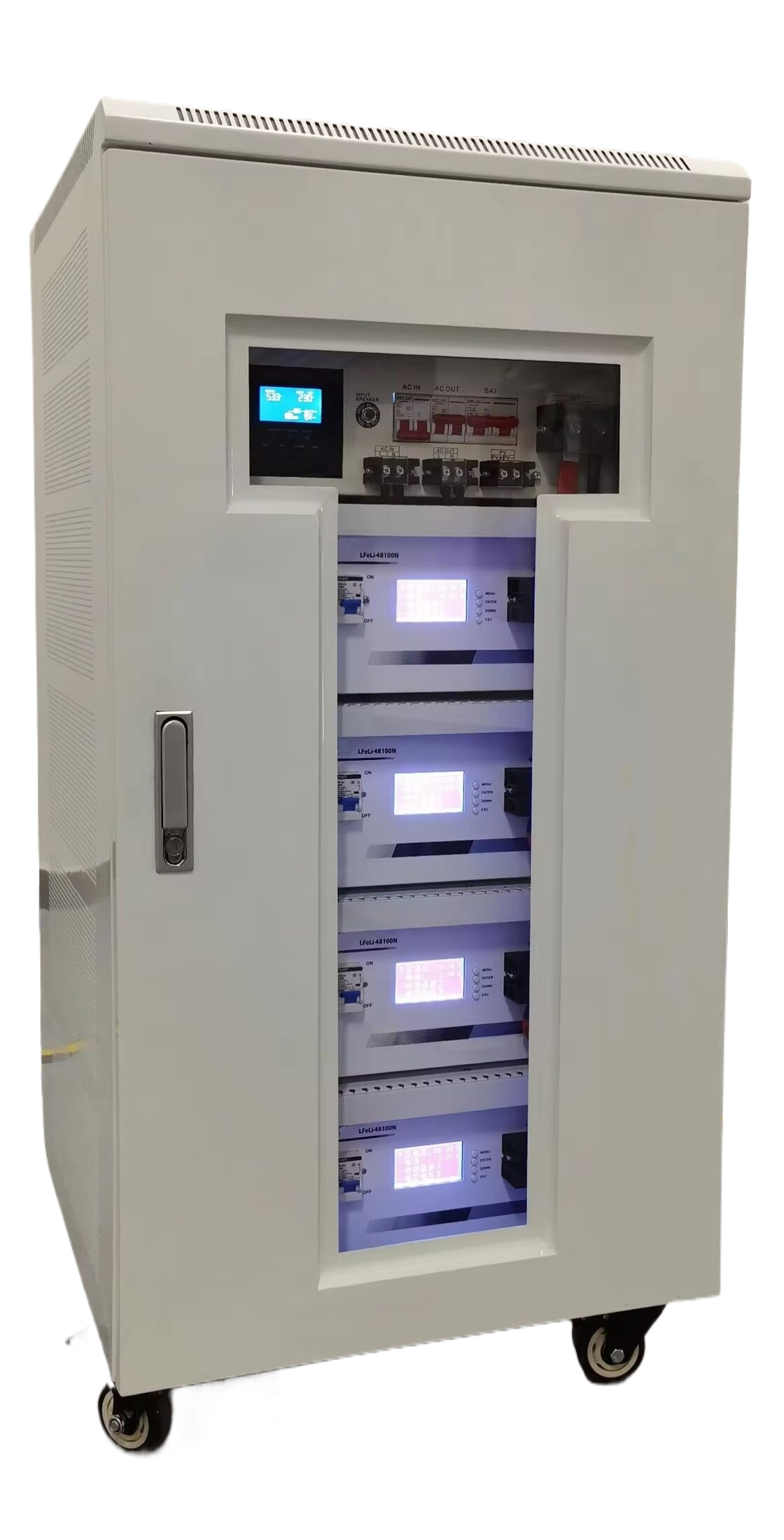Maintenance Requirements Review: Unpacking The Demands Of Modern Home Appliances
In the ever-evolving landscape of home appliances, the promise of convenience often overshadows a critical long-term consideration: maintenance requirements. A product's true value is not just in its initial performance but in the ongoing effort and cost needed to sustain it. This review delves into the maintenance demands of a contemporary robotic vacuum cleaner, the CleanSweep Auto X7, evaluating how its upkeep impacts the overall user experience, cost of ownership, and product longevity.
Product Functionality
The CleanSweep Auto X7 is a high-end robotic vacuum equipped with LIDAR navigation, a self-emptying docking station, and AI-powered object avoidance. Its primary function is to autonomously clean hard floors and medium-pile carpets, mapping the home for efficient cleaning paths. Key features include a multi-surface rubber brushroll, high-efficiency particulate air (HEPA) filtration, and integration with smart home systems. The unit is designed for a largely hands-off cleaning experience, ostensibly requiring minimal human intervention.
The Advantages: Streamlined Upkeep for the Modern Home
The most significant advantage of the Auto X7 is its automation of the most frequent maintenance tasks. The self-emptying base station is its cornerstone feature. Instead of daily or weekly dustbin emptying, the base automatically sucks debris from the robot's small internal bin into a larger, sealed bag within the dock. This system effectively reduces a common chore to a monthly task of replacing the disposal bag, a major boon for users with busy lifestyles or allergies.
Furthermore, the design intelligently minimizes routine cleaning. The rubber brushroll is a notable improvement over traditional bristled brushes, as it is far less prone to tangling with hair and threads. A quick weekly wipe is often sufficient, compared to the tedious cutting and pulling required with other models. The software also contributes to low maintenance by providing timely notifications. The app alerts users when the filter needs cleaning, the side brush requires replacement, or an error like a stuck wheel occurs, preventing minor issues from escalating into major problems.
The Disadvantages: The Hidden Costs and Efforts
However, this automated convenience introduces a new set of specific and often costly maintenance requirements. The most prominent is the proprietary disposal bag system. Users are locked into purchasing replacement bags from CleanSweep, which carries a recurring expense. While a single bag may last a month, the annual cost of these consumables adds a significant, predictable surcharge to the product's total ownership cost.
The self-emptying base itself also becomes an item that requires maintenance. The pathway through which debris travels can become clogged with dense or sticky material, necessitating a manual cleaning process that can be messy and intricate. This contradicts the very hands-free promise of the unit.
Additionally, while the main brush is low-maintenance, other components are not. The small side brush, essential for edge cleaning, wears out relatively quickly and must be replaced every few months. The HEPA filter, crucial for air quality, cannot be simply rinsed; it must be replaced periodically according to the manufacturer's schedule, adding another consumable cost. The battery, a component in all such devices, will inevitably degrade over 2-3 years, and its replacement is a specialized, costly procedure.
Actual Usage Experience
In daily use over a three-month period, the Auto X7 largely delivered on its promise of reduced daily effort. The relief of not emptying the bin after every cleaning cycle was profoundly appreciated. The navigation was excellent, rarely getting stuck or requiring rescue. The maintenance notifications from the app were helpful, though occasionally felt nagging.
The reality of the long-term requirements, however, became apparent. The first clog in the base station occurred after vacuuming up a small pile of spilled cereal. Resolving it involved disassembling part of the dock, a task not covered in the quick-start guide and requiring online tutorial consultation. It was a frustrating 20-minute ordeal. Furthermore, the realization of the ongoing financial commitment sank in when purchasing the first set of replacement bags and filters. The cost was substantially higher than standard vacuum bags, framing the "convenience" as a premium subscription service.
The performance noticeably declined when maintenance was delayed. A slightly full bag reduced the suction power of the base station. A dirty filter diminished the vacuum's overall cleaning efficacy. This creates a direct and immediate link between upkeep and performance, forcing the user to adhere to the maintenance schedule strictly.
Objective and Balanced Evaluation
The CleanSweep Auto X7 presents a compelling trade-off. It successfully automates the most frequent and tedious aspects of vacuum maintenance, offering genuine time savings and convenience. For a user who prioritizes a daily hands-off clean and is willing to pay a premium for it, this product excels.
Conversely, it does not eliminate maintenance; it reconfigures it. It replaces simple, free tasks (emptying a bin) with less frequent but more complex and costly ones (buying and replacing bags, cleaning clogs). The maintenance requirements are thereforedifferentrather than absent. The product's ecosystem creates a dependency on proprietary consumables, which increases the long-term cost of ownership.
Ultimately, the Auto X7 is a well-engineered appliance whose maintenance profile will suit some users perfectly and disappoint others. It is not a "set it and forget it" machine but rather a "set it andmaintain it on its own terms" machine. Prospective buyers must weigh the value of daily convenience against the acceptance of periodic, mandated upkeep and its associated costs. An informed decision requires looking past the initial allure of automation to understand the full scope of its maintenance requirements.
Customized/OEM/ODM Service
HomSolar Supports Lifepo4 battery pack customization/OEM/ODM service, welcome to contact us and tell us your needs.


HomSolar: Your One-stop LiFePO4 Battery Pack & ESS Solution Manufacturer
Our line of LiFePO4 (LFP) batteries offer a solution to demanding applications that require a lighter weight, longer life, and higher capacity battery. Features include advanced battery management systems (BMS), Bluetooth® communication and active intelligent monitoring.

Customised Lithium Iron Phosphate Battery Casing
ABS plastic housing, aluminium housing, stainless steel housing and iron housing are available, and can also be designed and customised according to your needs.

HomSolar Smart BMS
Intelligent Battery Management System for HomSolar Energy Storage System. Bluetooth, temperature sensor, LCD display, CAN interface, UART interface also available.


Terminals & Plugs Can Be Customized
A wide range of terminals and plugs can be customised to suit the application needs of your battery products.

Well-designed Solutions for Energy Storage Systems
We will design the perfect energy storage system solution according to your needs, so that you can easily solve the specific industry applications of battery products.



About Our Battery Cells
Our energy storage system products use brand new grade A LiFePO4 cells with a battery lifespan of more than 4,000 charge/discharge cycles.



Applications in Different Industries
We supply customized & OEM battery pack, assemble cells with wiring, fuse and plastic cover, all the cell wires connected to PCB plug or built BMS.
Applications: E-bike, Electric Scooter, Golf Carts, RV, Electric Wheelchair, Electric Tools, Robot Cleaner, Robot Sweeper, Solar Energy Storage System, Emergency Light, Solar Power Light, Medical Equipment, UPS Backup Power Supply.
We can provide you with customized services. We have the ability to provide a vertical supply chain, from single cells to pack/module and to a complete power solution with BMS, etc.


HomSolar (Shenzhen) Technology Co., Ltd
























